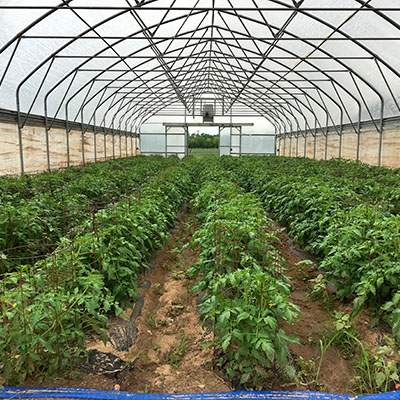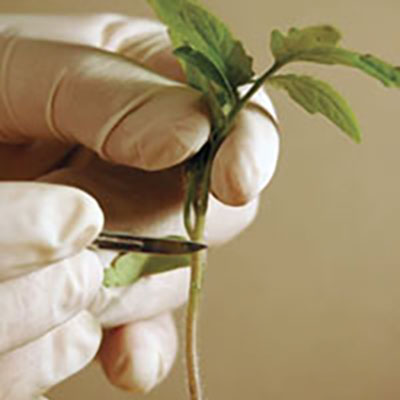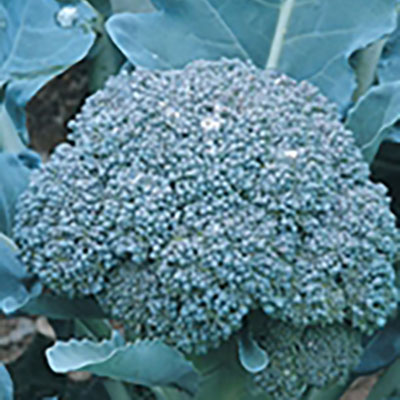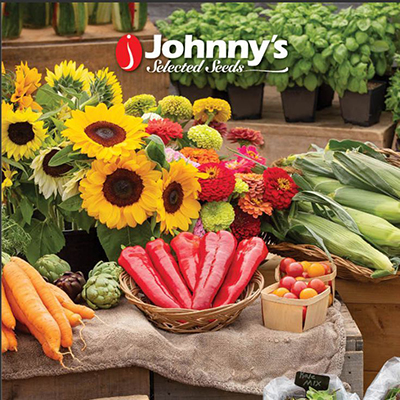Growing for Market in partnership with Johnny's Selected Seeds has created a library of expert information about growing and selling vegetables and flowers. Links in the article will take you to johnnyseeds.com.
Subscribe to Growing for Market for more great ideas about growing and marketing!
For more topics in the series, click on Market Farming Basics in the left column.

![]()
Fall-planted flowers
In the southern half of the United States, fall is the best time to plant hardy annuals that will bloom next spring. Some of the best hardy annuals used as cut flowers include agrostemma, bachelor buttons, bupleurum, larkspur, and nigella. Any other flowers that normally self-seed in your garden are also good candidates for fall seeding. Some will germinate in fall, grow into small plants, and then go dormant. Others won’t germinate this year, but will sit in the soil until the chilling requirement is fulfilled and the weather warms. Larkspur is a good example of a cut flower that is much stronger and taller when direct seeded in fall.
The area where larkspur should be fall seeded is generally Zone 5b and warmer, except in parts of the Pacific Northwest where fall seeding is not advised because rainy winters may cause seeds to rot. Larkspur seed needs 14-21 days of soil temperature below 55°F (13°C) to germinate. Once the seeds germinate, the seedlings will grow through the fall and form small rosettes of lacy leaves. The plants will remain green until the coldest weather of winter, when they will start to look bleached out and dead. They will just be dormant, though, and will green up and start to grow again as soon as the coldest weather is past. 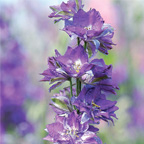 Larkspur seed can be planted with a precision seeder or by hand at a rate of .3 oz. per 100’ of row. The seed should be covered completely because darkness aids germination, and watered in well if the weather has been dry. The rows should be clearly marked because the beds will need to be hoed once or twice before spring. Cool-weather weeds such as henbit can choke out a bed of emerging larkspur if not controlled.
Larkspur seed can be planted with a precision seeder or by hand at a rate of .3 oz. per 100’ of row. The seed should be covered completely because darkness aids germination, and watered in well if the weather has been dry. The rows should be clearly marked because the beds will need to be hoed once or twice before spring. Cool-weather weeds such as henbit can choke out a bed of emerging larkspur if not controlled.
The best flowers result when the plants have experienced six weeks of temperatures below 55°F (13°C). By planting in fall, growers with mild winters are more likely to capture the amount of chilling required. In the North, however, longer, cooler springs allow for adequate chilling when the seeds are planted in spring. Larkspur can be direct-seeded as soon as the ground can be worked. Or it can be started from transplants, after the seed is chilled for several weeks in a refrigerator, and grown at 55°F (13°C).
Visit Johnny's Selected Seeds for more free information about growing produce, herbs, cover crops and flowers.
• Subscribe to Growing for Market for the latest news and ideas.
Reprinted from JSS Advantage October 2010

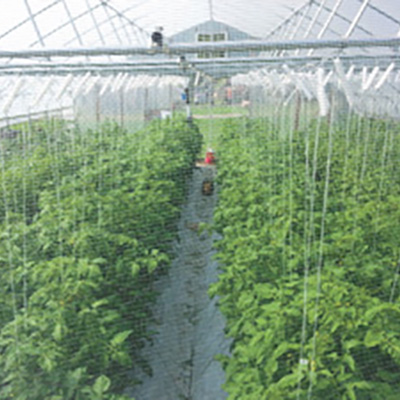
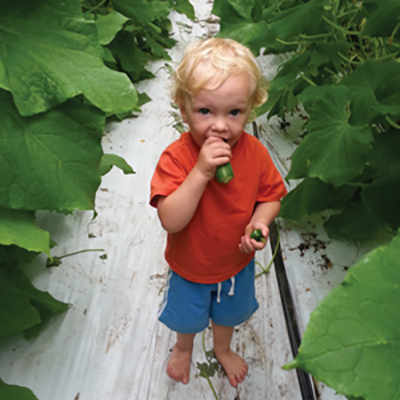
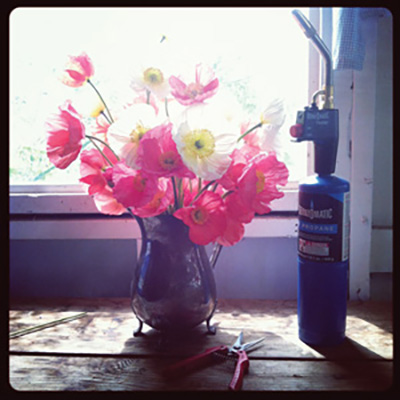


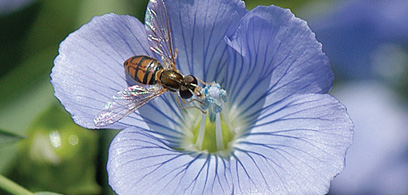 Insect pollination is essential to many vegetable and fruit crops, including tomatoes, squash, pumpkins, watermelons, blueberries, blackberries, apples, almonds, and many others. In the case of watermelons, there will be no fruit without pollination. Some vegetables don't require pollination to set fruit, but pollination by bees will result in larger and more abundant fruits. Nearly 75% of the flowering plants on Earth rely on pollinators to set seed or fruit, as well as one-third of our food crops, and most pollination is performed by honey bees, native bees, and other insects.
Insect pollination is essential to many vegetable and fruit crops, including tomatoes, squash, pumpkins, watermelons, blueberries, blackberries, apples, almonds, and many others. In the case of watermelons, there will be no fruit without pollination. Some vegetables don't require pollination to set fruit, but pollination by bees will result in larger and more abundant fruits. Nearly 75% of the flowering plants on Earth rely on pollinators to set seed or fruit, as well as one-third of our food crops, and most pollination is performed by honey bees, native bees, and other insects. 